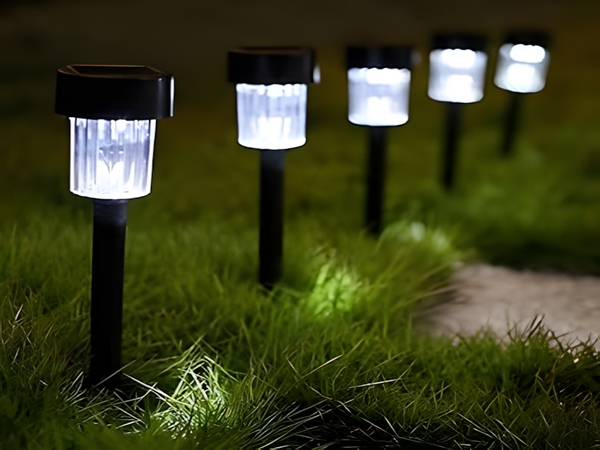
The occurrence of typhoons along China’s southern coast is relatively high. Therefore, when installing outdoor solar street lights on the sides of city roads, it is essential to pay special attention to the wind and waterproof ratings of the solar lights.
We often see trees broken or even uprooted after a typhoon, severely affecting people’s safety and transportation. Similarly, LED street lights and solar street lights installed along roadways are also at risk of being knocked down and damaged by typhoons. Damaged street lights pose a direct and lethal threat to people and vehicles. Thus, how to utilize solar street lights and LED street lights to withstand typhoons has become an important issue.
For outdoor solar street lights, resisting typhoons should be addressed from three aspects:

First, the foundation should be buried deeper. Using underground cages for installation will strengthen the connection between the street light and the ground, preventing the lights from being uprooted or blown over by strong winds.
Second, it is crucial to avoid cutting corners and use thicker materials for the lamp posts. To save on pole materials, there is a potential risk of the pole breaking midway, as thinner poles are more likely to snap due to their height. Solar light poles should be able to withstand at least 12 typhoons, while many areas in the north should tolerate 10 strong winds.

Third, reinforcing the solar panel supports is very important because solar panels can be blown off if not adequately secured. Therefore, solar street lights must be made from high-hardness materials. For LED street lights, only the first two steps of the previous three measures need to be implemented for effective prevention.



